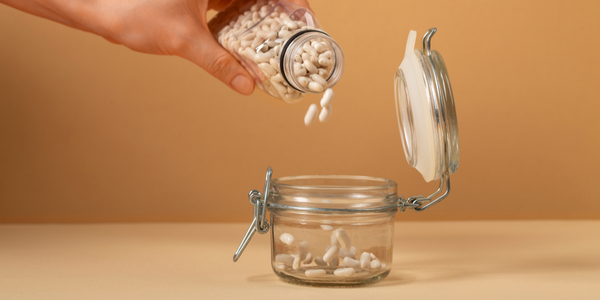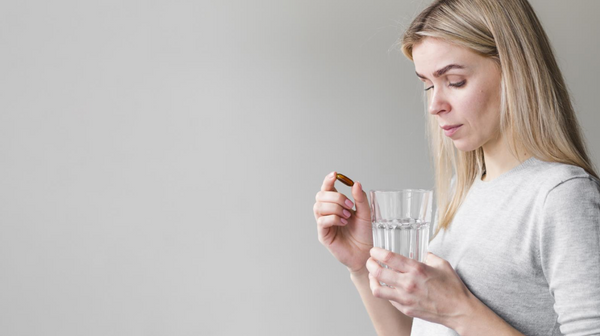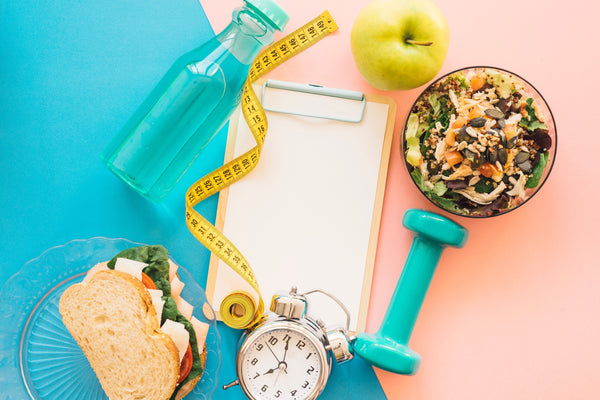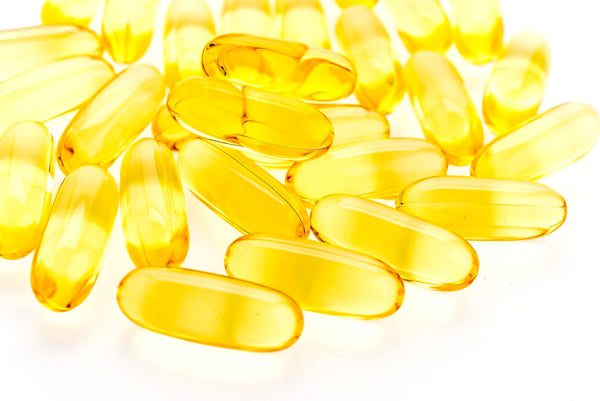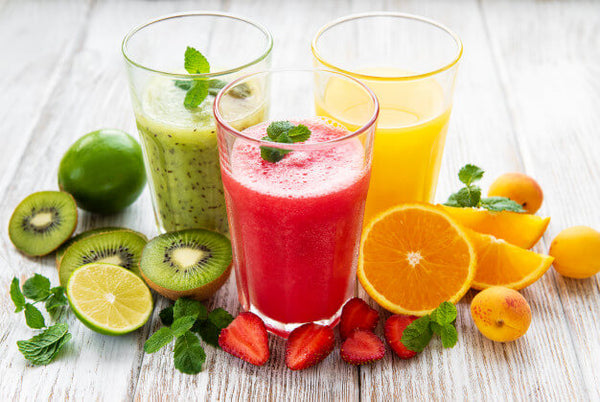Did you know it is the essential micronutrient – iron that binds with oxygen in the hemoglobin of red blood cells to carry it everywhere in your body? Iron is vital for production of healthy oxygen-carrying hemoglobin and needed in the body for growth and development. Additionally, it participates in a wide variety of metabolic processes, deoxyribonucleic acid (DNA) synthesis, and electron transport.
Iron is a biologically essential component in your body. A deficiency of this micronutrient can make you feel weak and fatigued all day long. It also makes you look pale and cause you to bruise easily. If you are feeling sapped all the time, your hands and feet remain cold, you experience lightheadedness, fast heartbeat and shortness of breath, then chances are that you have iron deficiency.
You may suffer from iron deficiency without knowing that even you have it and why?
Since the condition gradually progresses to cause serious disorders like Iron Deficiency Anemia (IDA). Hence, it is important to understand and watch out the symptoms and stages of iron deficiency and take remedial steps at the earliest.
First stage – Reduction in total body iron content
The initial signs of iron deficiency begin to show when the iron stores in the body are depleted and iron becomes inadequately supplied to tissues and muscles, which causes acute weakness. About 25 percent of iron is stored in an intracellular protein found in blood called ferritin. During the first stage a reduction in serum ferritin occurs. Often this stage is brought on by low intake of dietary iron and blood loss. In the first stage of iron deficiency physical stamina is severely impacted due to depletion in iron stores in the skeletal muscle and tissues. Lower than normal levels of blood ferritin are an indicator of iron deficiency in the body. In order to compensate this iron insufficiency, the body begins to use the iron stores and cause reduction in total body iron content.
Second stage – Lower production of red blood cells
When the iron supply is insufficient to support the formation of red blood cells the body shows symptoms of the second stage of iron deficiency. During this stage transferrin levels decrease, which is a protein that carries iron in the blood. This reduction in transferrin-bound iron is often accompanied by a reduction in size of red blood cells even though hemoglobin levels remain normal.
Third Stage – Iron Deficiency Anemia
Iron deficiency if left untreated can progress to a serious condition called Iron Deficiency Anemia, wherein the hemoglobin drops below normal levels in the body. The normal range of hemoglobin concentration in a healthy male should be between 14 and 16.5 grams per deciliter blood and 12 to 15 grams per deciliter in women. Menstruating and pregnant women, growing infants, children and adolescents need more iron, which may not be supplied through daily diet, making this group prone to developing iron deficiency. An acute shortage of hemoglobin due to iron insufficiency leads to Iron-deficiency anemia, which is the most common type of anemia.
Final Takeaway
Iron is the most important component in our blood, which is needed to produce the protein hemoglobin that carries oxygen from lungs to all parts of the body and myoglobin, a protein that provides oxygen to the muscles. It is also needed for synthesis of collagen and certain neurotransmitters vital for brain and nerve functions. Studies show, the fraction of iron absorbed from the amount ingested is typically low, but may range from 5% to 35% depending on circumstances and type of iron.
The primary causes of iron deficiency include low intake of bioavailable iron, increased iron requirements as a result of rapid growth, pregnancy, menstruation, and excess blood loss caused by pathologic infections. Nutritional iron deficiency arises when physiological requirements cannot be met by iron absorption from the diet.
Insufficient iron in the body impacts the physical functions of the body also respiratory and energy metabolism. Progression of iron deficiency can lead to slow cognitive function and dizziness. Chronic Iron deficiency can aggravate pulmonary and cardiovascular disorders.
Menstruating women are especially susceptible to iron deficiency due to blood loss. Iron supplements for women are essential to make up for the amount of iron lost during menstruation. The amount of iron an average adult woman under the age of 50 needs at least 14.8 mg a day and for women over 50, at least 8.7 mg a day. Necessary for women’s health, this requirement can be easily met by taking a strip of melts®️ Nano Iron daily.
If you are wondering how to improve hemoglobin and how to increase RBC count, look no further than providing your body with sufficient Iron. Try 100 % bioavailable vegan melts®️ Nano Iron – which contains naturally extracted folic acid, beetroot and acerola cherry for a potent delivery of high-concentration iron and increased hemoglobin production.
Nano melts are small strips that dissolve in your mouth and works from within to boost natural iron absorption in your body. So bid goodbye to fatigue and lethargy and begin pumping up the essential iron with this revolutionary smart nutrition every day.
Reference:
- Abbaspour N, Hurrell R, Kelishadi R. Review on iron and its importance for human health. J Res Med Sci. 2014;19(2):164-174.
- McDowell LR. 2nd ed. Amsterdam: Elsevier Science; 2003. Minerals in Animal And Human Nutrition; p. 660. [Google Scholar] [Ref list]
- Wood RJ, Ronnenberg A. Iron. In: Shils ME, Shike M, Ross AC, Caballero B, Cousins RJ, editors. Modern Nutrition in Health And Disease. 10th ed. Baltimore: Lippincott Williams & Wilkins; 2005. pp. 248–70. [Google Scholar] [Ref list]
- Hunt JR. How important is dietary iron bioavailability? Am J Clin Nutr. 2001;73:3–4. [PubMed] [Google Scholar] [Ref list]













